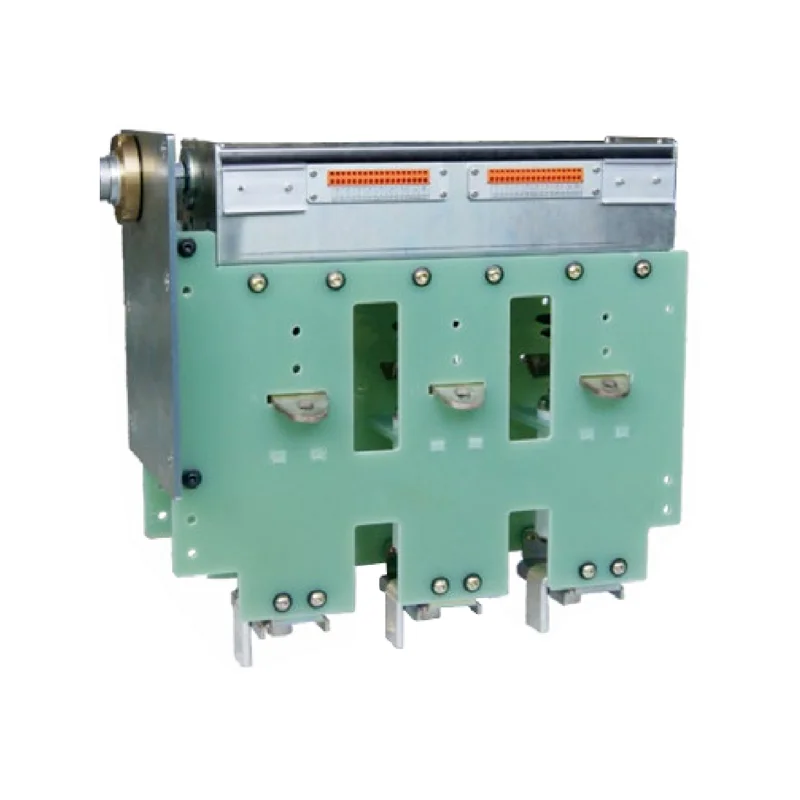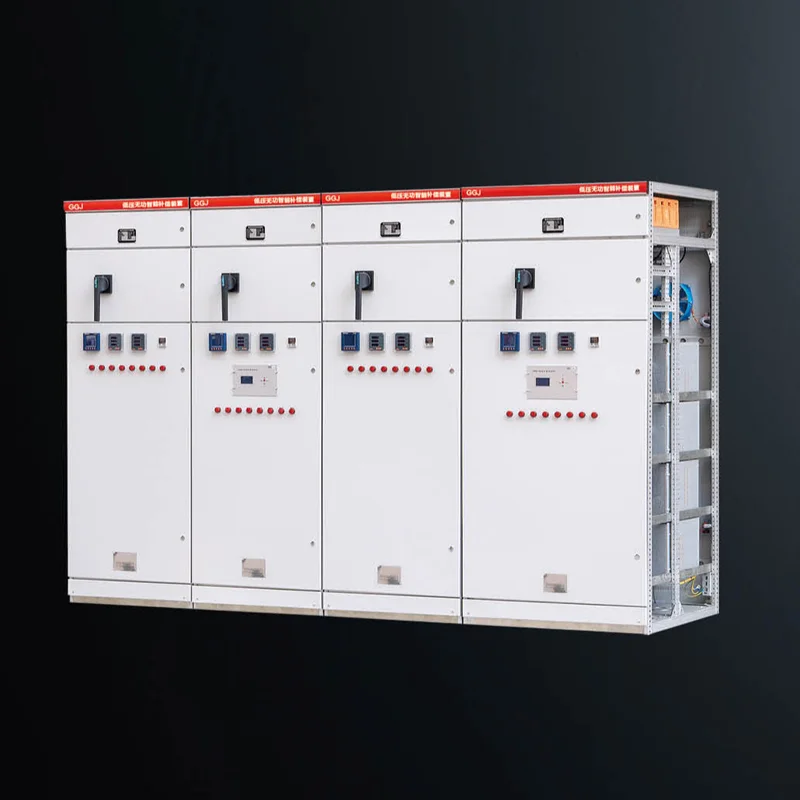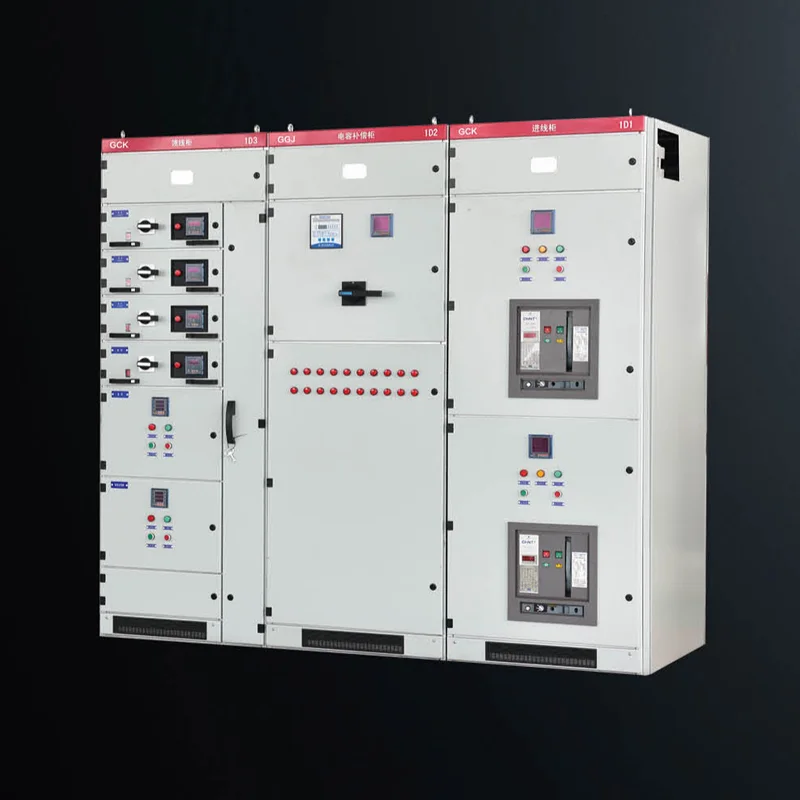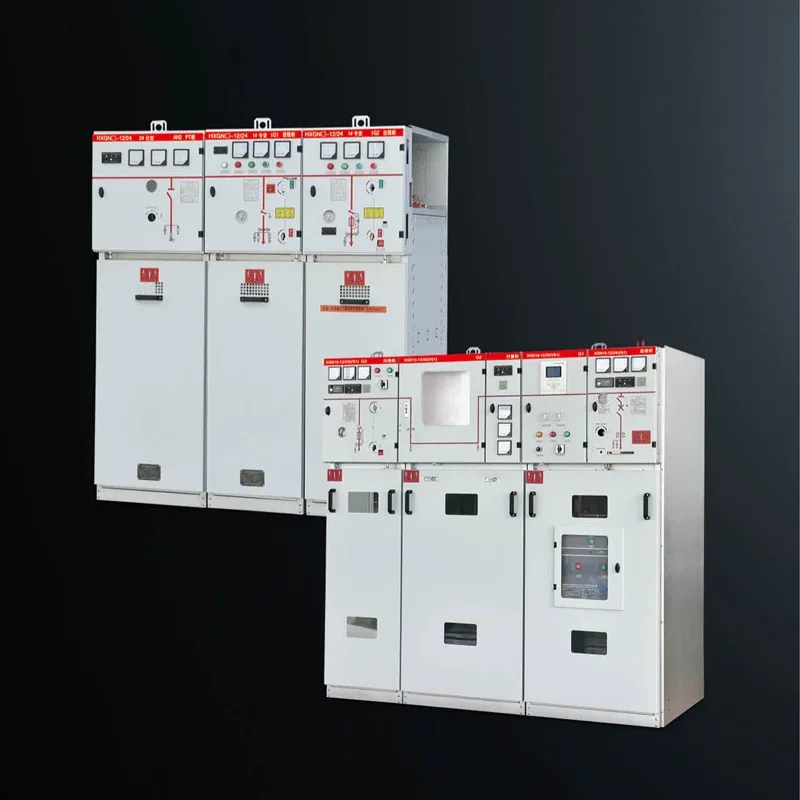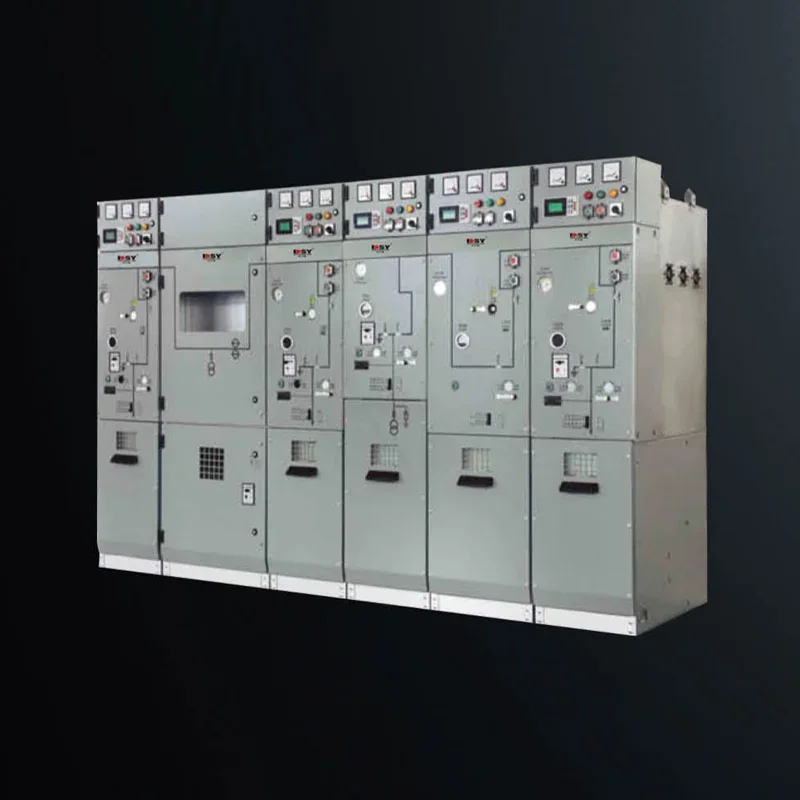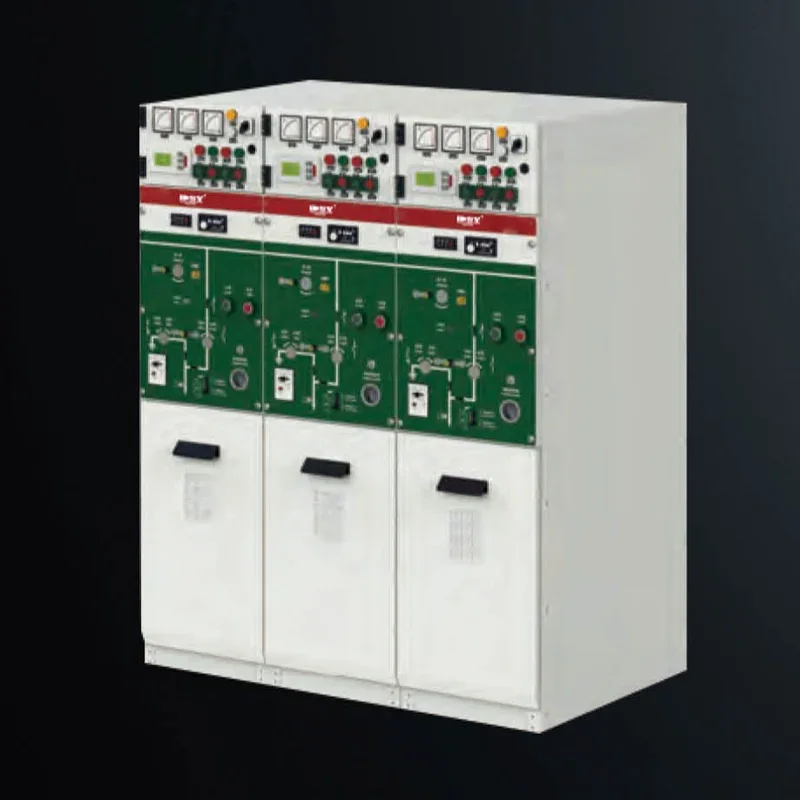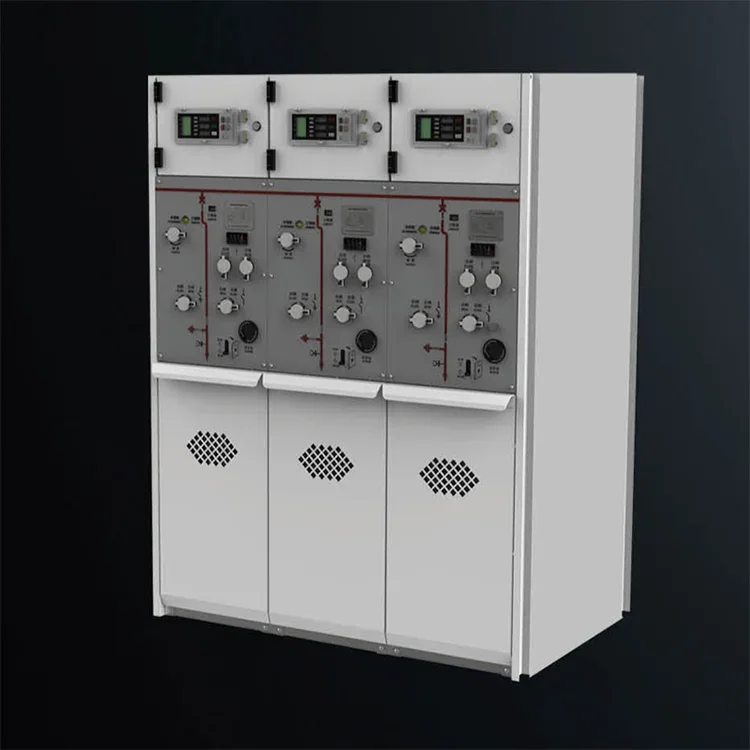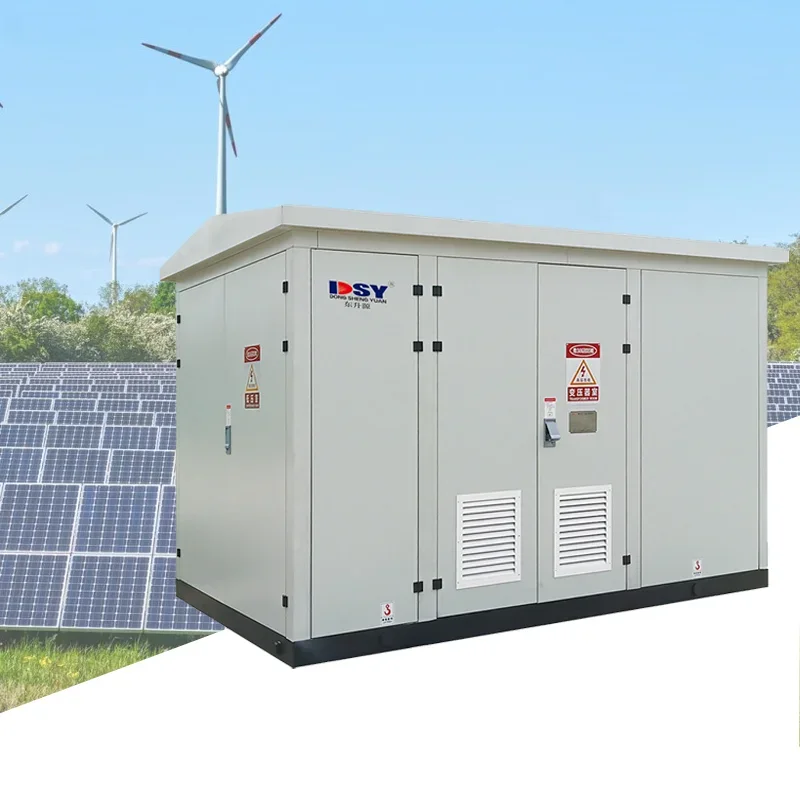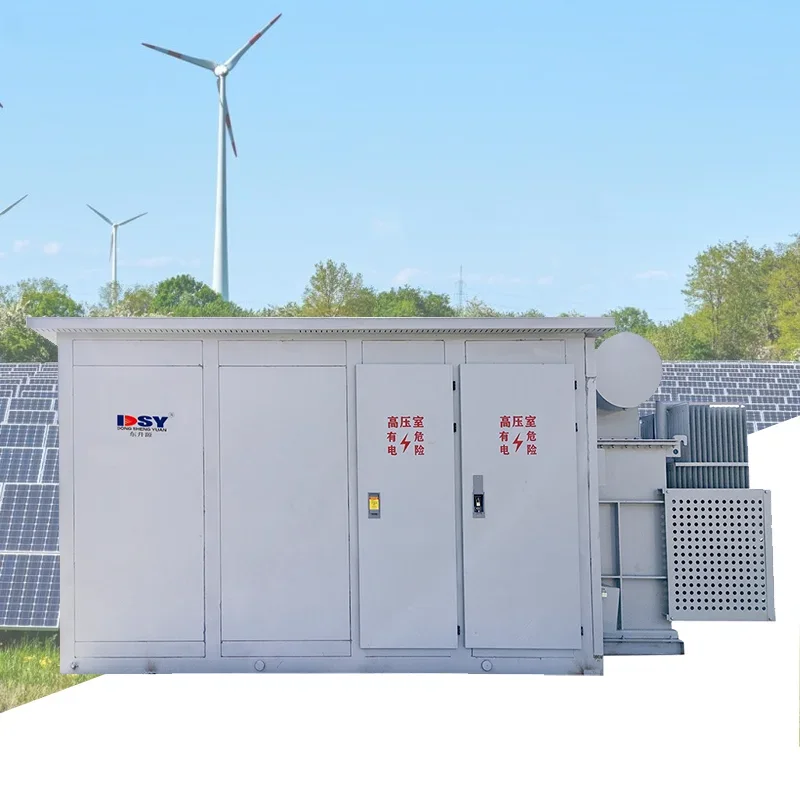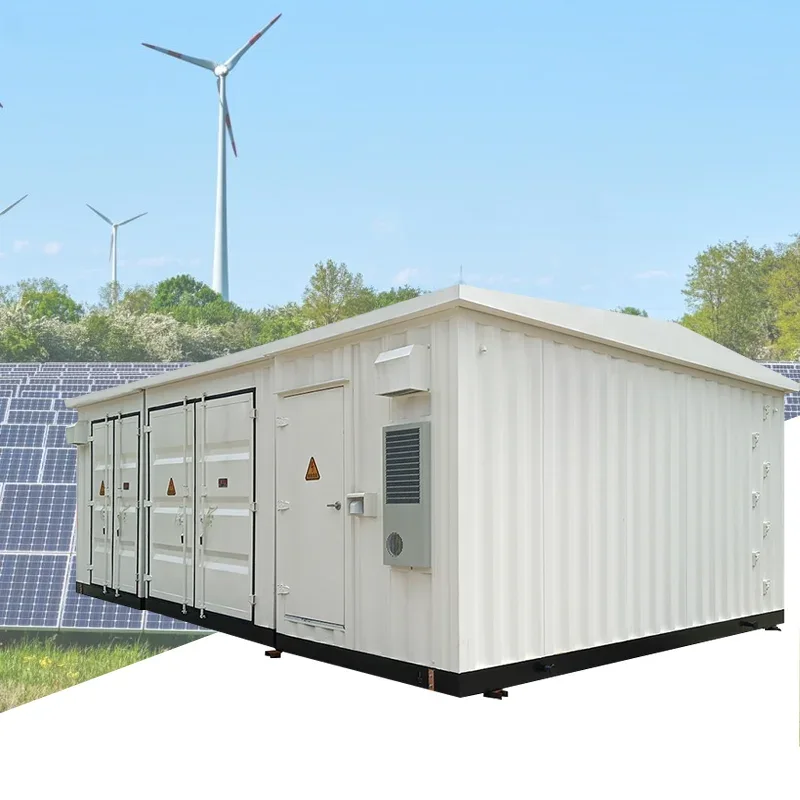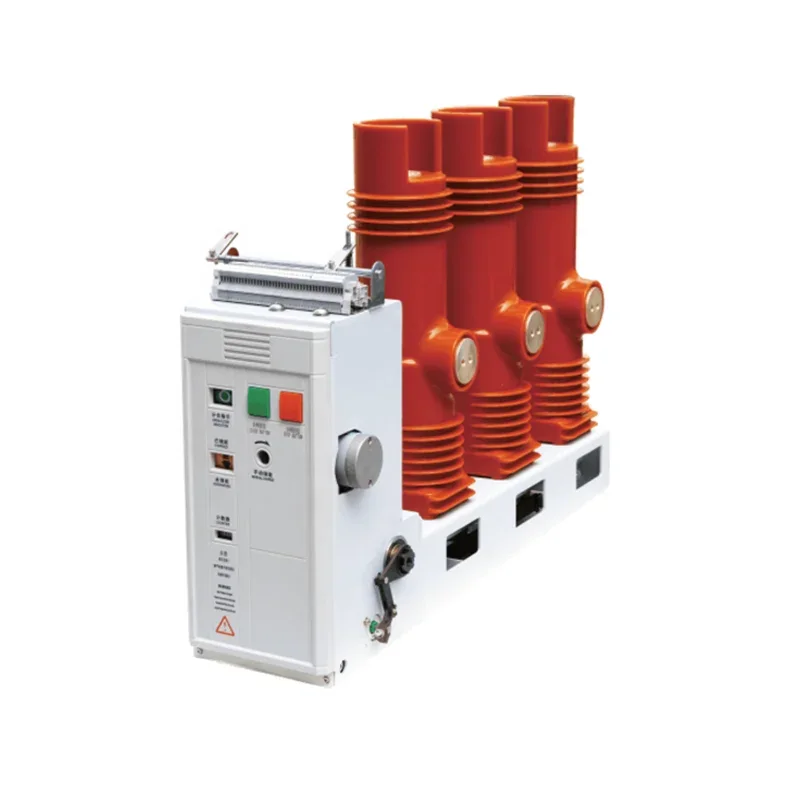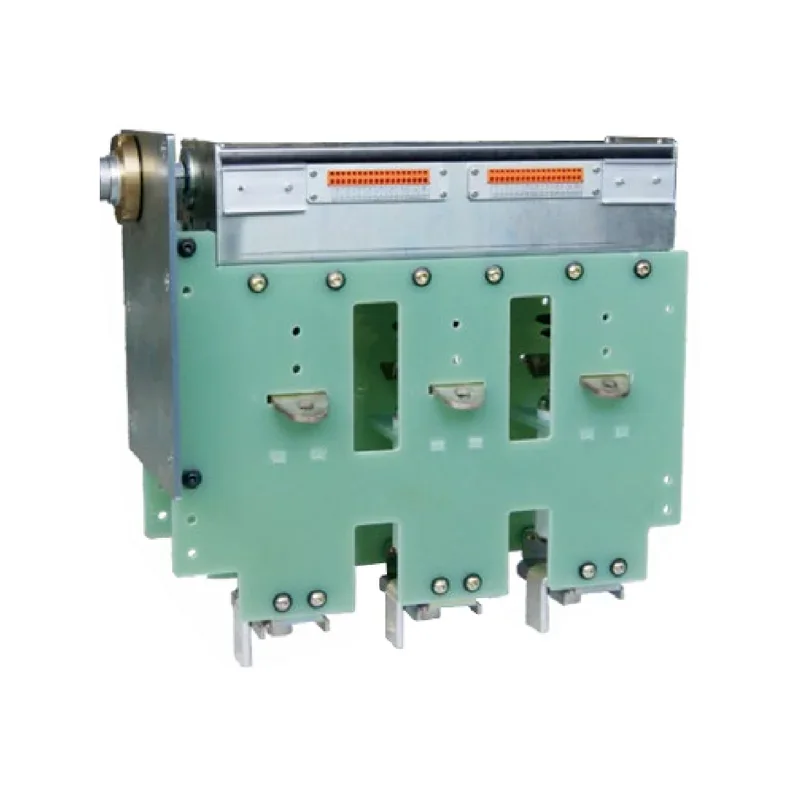Understanding Load Switches: Essential Components for Electrical Systems
Load switches are specialized devices designed to control the flow of electrical power to various components within a system. Their primary function is to connect or disconnect load circuits, which can encompass any electrical device or component that consumes power. By effectively managing these circuits, load switches help prevent overloads, enhance safety, and promote energy efficiency. One of
Jun 30,2025
One of the significant features of load switches is their ability to handle high voltage and current loads. This capability makes them indispensable in various applications, including industrial settings, commercial buildings, and residential electrical systems. In construction and decoration materials, load switches are commonly integrated into electrical panels and distribution boards, ensuring that power is efficiently routed to different areas of a building as needed.
Load switches can come in several forms, including manual, automatic, and remote-controlled versions. Manual load switches require a physical action to operate, while automatic ones can respond to changes in electrical demand or fault conditions without human intervention. Remote-controlled load switches can be managed through a central control system, making them particularly useful in smart building applications, where integrated technology enhances overall efficiency and user experience.
Safety is a paramount concern when dealing with electrical systems, and load switches contribute significantly to this aspect. They often include features such as overload protection, which safeguards connected equipment from damage due to excessive current. Additionally, many load switches are designed to provide visual indicators, allowing users to quickly assess the operational status of the system.
Furthermore, the installation of load switches must adhere to local electrical codes and standards. Proper installation not only ensures compliance but also enhances the reliability and longevity of the electrical system. Professionals in the field must be familiar with the technical specifications and operational requirements of load switches to guarantee optimal performance.
In summary, load switches are essential components in the architecture of electrical systems, particularly within the building and decorative materials industry. Their ability to safely and efficiently manage electrical loads can enhance operational efficiency, improve safety, and contribute to energy conservation efforts. Understanding the fundamentals of load switches and their applications is crucial for industry professionals aiming to design and implement effective electrical systems. As technology progresses, the integration of advanced load switch functionalities will likely continue to evolve, offering new opportunities for innovation in electrical management.
PREVIOUS:
Related News
The difference between circuit breakers and vacuum circuit breakers
Circuit breaker is an abbreviation for pole type circuit breaker. Circuit breakers are also vacuum circuit breakers
Voltage regulators are required for various places that require voltage control, such as controlling lighting

